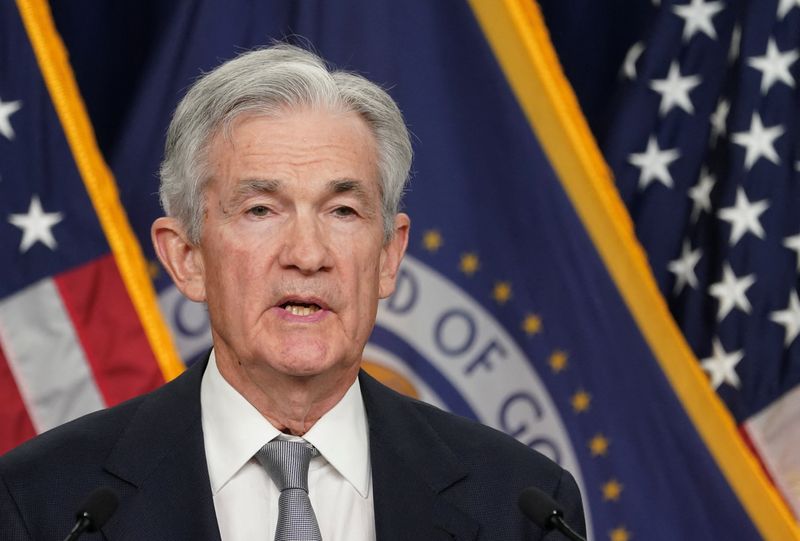
Investing.com — BCA Research expects the Federal Reserve to cut interest rates by more than 50 basis points (bps) in 2025, diverging from the median forecast of the Federal Open Market Committee (FOMC). The expectation for deeper easing stems from projections that inflation will undershoot the Fed’s targets, while unemployment is set to rise above its forecasts.
“The median FOMC participant now expects to cut rates by 50 basis points in 2025, bringing the target range for the funds rate down from 4.25%-4.50% to 3.75%-4.00%,” BCA said in a report. However, the investment research firm believes that “more than 50 bps of easing will be required” as core PCE inflation trends lower and the job market weakens.
Core PCE inflation, a key measure for the Fed, is projected to reach 2.5% by early 2025 if recent trends persist. “If monthly core PCE inflation prints at its 3-month average, the 12-month rate will hit 2.5% by March. If monthly core PCE inflation prints at its 6-month average, the 12-month rate will hit 2.5% by February,” the report notes. This suggests inflation could align with or fall below the Fed’s forecast sooner than anticipated.
At the same time, the labor market is losing momentum. The unemployment rate has risen to 4.2%, up from its cycle low of 3.4%, and BCA questions the Fed’s 4.3% year-end forecast.
“Hitting that level would require a significant improvement in labor market momentum, a trend shift we don’t view as particularly likely,” BCA noted.
In this context, BCA outlines a potential path for rate cuts, with a possible initial 25 bps cut in March. Chair Jerome Powell indicated last week that the Fed will remain data-dependent, stressing that next year’s rate decisions “will not be because of anything we wrote down today, we’re going to react to data.”
BCA believes that if three consecutive PCE inflation prints average 0.2% or lower, the Fed could implement another 25 bps cut, potentially leading to total easing of up to 100 bps by the end of 2025.
The report also addresses the impact of potential tariffs from the incoming Trump administration, suggesting that while tariffs could temporarily push inflation higher, the resulting drag on manufacturing would likely force the Fed to accelerate rate cuts in the latter half of the year.
Quantitative tightening (QT) is expected to slow by mid-2025 and halt entirely by late 2025 or early 2026.






